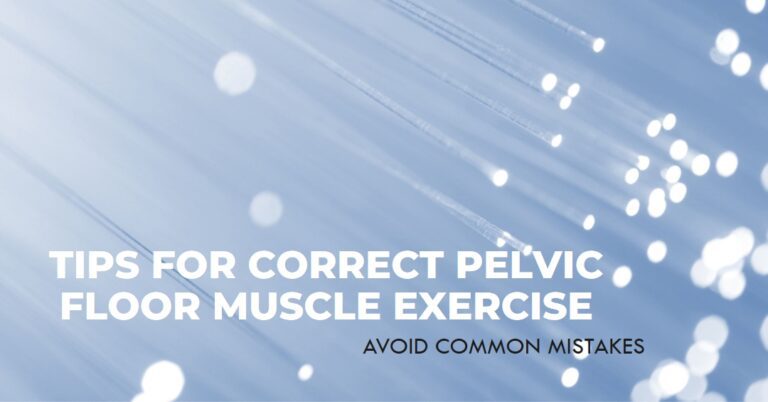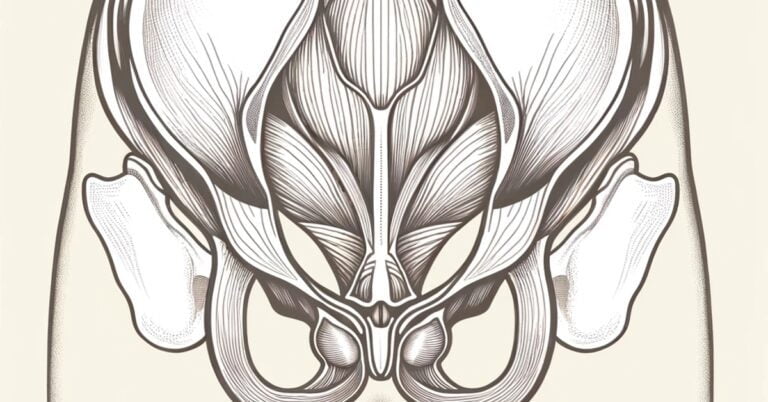Kegel Exercises for Women: Understanding the Basics
In the realm of women’s health and well-being, Kegel exercises for women have emerged as a cornerstone practice, celebrated for their myriad benefits that extend well beyond the confines of reproductive health. These exercises, which focus on fortifying the pelvic floor muscles, serve as a proactive measure for enhancing urinary control, improving sexual function, and supporting pelvic organ health. The significance of Kegel exercises cannot be overstated, as they offer a non-invasive solution to a host of pelvic floor-related issues, making them an indispensable tool in the arsenal of women’s health practices.

Building on this foundation, Kegel exercises, named after Dr. Arnold Kegel, who first described them in 1948, are targeted movements designed to strengthen the muscles of the pelvic floor. These pivotal muscles, forming the base of the pelvis, are instrumental in supporting the uterus, bladder, small intestine, and rectum. For women, the integrity of this muscular sling is particularly vital, not only for reproductive health but also for the overall functionality of the pelvic organs. The practice of Kegel exercises is thus a key component in maintaining and enhancing the structural and functional health of the pelvic region, contributing significantly to a woman’s overall well-being.
The essence of Kegel exercises lies in their simplicity and accessibility. They involve the rhythmic contraction and relaxation of pelvic floor muscles, specifically the muscles that control the flow of urine. These exercises can be discreetly performed at any time and place, requiring no special equipment, making them an incredibly convenient form of strengthening.
The significance of Kegel exercises extends beyond just the physical strengthening of muscles. For women, they serve as a preventative measure and a therapeutic intervention for a range of conditions. Kegel exercises can improve bladder and bowel control, which is especially helpful in the prevention and management of urinary incontinence, a problem that many women encounter, particularly after childbirth or during menopause.

Moreover, the benefits of Kegel exercises also encompass sexual health. A strong pelvic floor can enhance sexual sensation and satisfaction, as these muscles play a key role during sexual activity. For postpartum women, Kegels are often recommended to aid in the recovery of pelvic floor strength, which may be compromised during pregnancy and childbirth.
Despite their numerous benefits, Kegel exercises for women are often overlooked or performed incorrectly, leading to diminished effectiveness and potential frustration among those seeking their health advantages. It is imperative for individuals to grasp the proper technique, which is centred around isolating and engaging the pelvic floor muscles while consciously avoiding tension in the abdomen, buttocks, or thighs. This level of precision not only ensures the exercises’ effectiveness but also maximises the health benefits associated with a strong and resilient pelvic floor. Understanding and applying the correct method can significantly enhance the efficacy of Kegel exercises, making them a more potent tool in the promotion of women’s health.
The correct execution of Kegel exercises for women involves a series of steps that focus on the contraction and relaxation of the pelvic floor muscles. To achieve this, one must first accurately identify the pelvic floor muscles, often through the process of halting urination midstream or tightening the muscles that prevent gas release. Once these muscles have been located, the exercises involve contracting them for a brief period of time before relaxing them, making sure that the surrounding muscles do not engage. This targeted approach not only strengthens the pelvic floor but also mitigates the risk of incorrectly performed exercises that can lead to negligible results or even exacerbate existing conditions.

Kegel exercises for women stand as a fundamental pillar in the domain of women’s health, providing a non-invasive, cost-effective solution to a spectrum of pelvic floor-related issues, from urinary incontinence to reduced sexual satisfaction. Their simplicity, coupled with their profound impact on the quality of life, earmarks them as an invaluable tool for both preventive and therapeutic health care strategies.
As awareness and education about the importance and execution of Kegel exercises continue to expand, they solidify their role as a cornerstone of women’s health care, underscoring the significant benefits of dedicated self-care practices in maintaining and enhancing pelvic floor health. This growing recognition highlights the critical role that informed, correct practice plays in harnessing the full potential of Kegel exercises in supporting women’s health and well-being.
What is the purpose of using lubricant? Results from 4 Scientific studies
The five essential tips for maximising the benefits of Kegel exercises for women are designed to ensure effective practice and optimal outcomes. These tips encompass understanding the proper technique, incorporating regularity and consistency in practice, focusing on precision, integrating variations to enhance muscle strength, and maintaining patience and persistence throughout the process. Each tip is crucial for achieving the full range of benefits that Kegel exercises offer, from improved pelvic floor strength to enhanced bladder control and sexual health.
5 Essential Tips to Unlock the Ultimate Benefits
- Master the Correct Technique: The foundation of effective Kegel exercises lies in the correct identification and isolation of the pelvic floor muscles. Avoiding the contraction of surrounding muscles such as the abdomen, buttocks, and thighs is crucial. Proper technique involves tightening the muscles you would use to stop urinating or prevent passing gas, holding the contraction for a few seconds, and then relaxing.
- Consistency is key: Regular practice of Kegel exercises is essential for building and maintaining pelvic floor strength. Incorporating these exercises into your daily routine, aiming for three sets of 10–15 repetitions each day, can lead to significant improvements over time. Consistent practice not only strengthens the muscles but also contributes to muscle memory, making the exercises more effective.
- Precision Over Quantity: Focus on the quality of each contraction rather than the quantity of exercises performed. Ensuring each muscle contraction is strong and focused yields better results than numerous, poorly executed exercises. This precision helps in effectively targeting the muscles and maximising the strengthening effect.
- Vary Your Routine: To fully strengthen the pelvic floor, it’s important to vary the intensity and duration of the contractions. This can include mixing short, quick contractions with longer, more sustained holds. Such variation challenges the muscles in different ways, promoting greater strength and flexibility.
- Patience and Persistence: Building muscle strength, especially on the pelvic floor, is a gradual process that requires time and dedication. It’s important to maintain a patient and persistent approach, recognising that the benefits of Kegel exercises accumulate over time. Regular assessment of technique and progress can also help in maintaining motivation and ensuring the effectiveness of the practice.
Adhering to these 5 essential tips can significantly enhance the effectiveness of Kegel exercises for women, leading to improved pelvic floor health, better bladder control, and an overall enhancement in quality of life.






